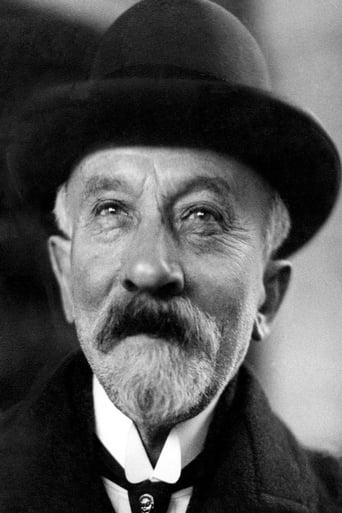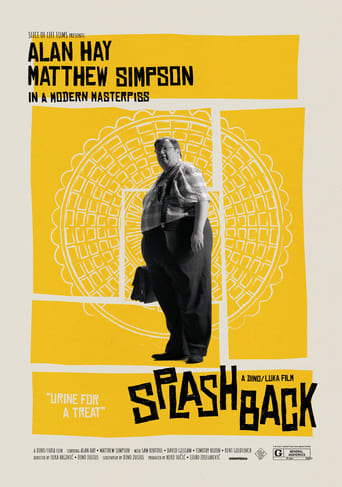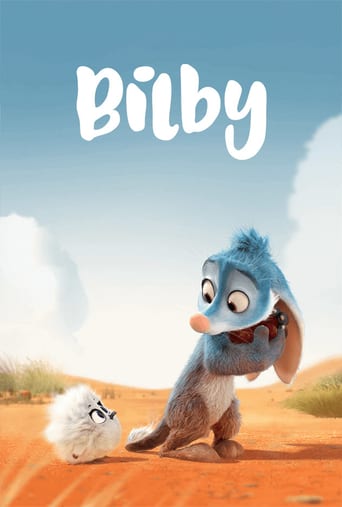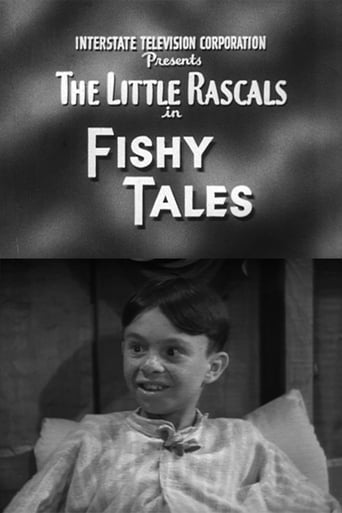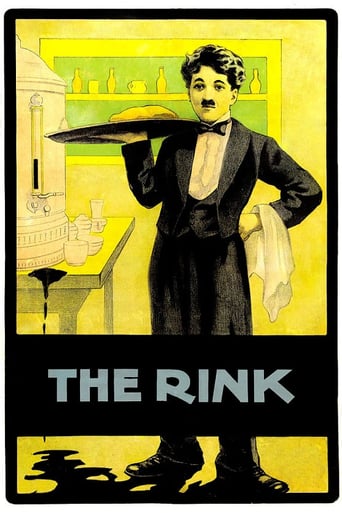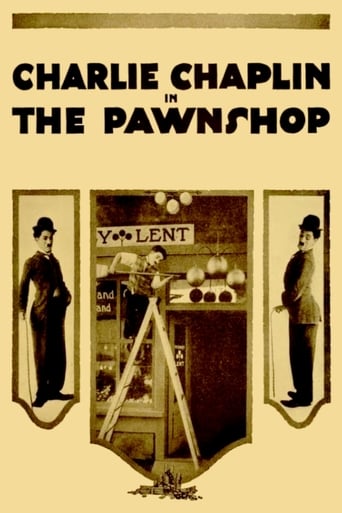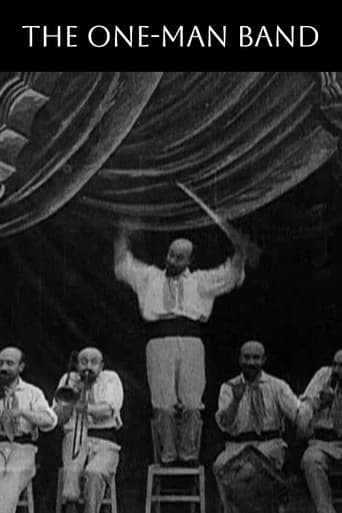
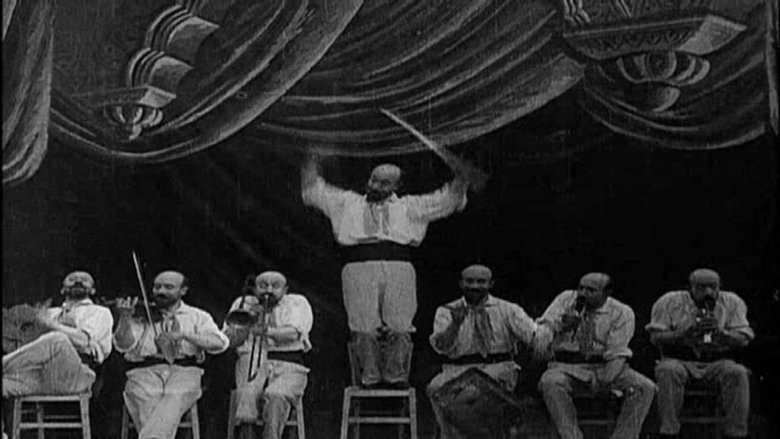
The One-Man Band (1900)
A band-leader has arranged seven chairs for the members of his band. When he sits down in the first chair, a cymbal player appears in the same chair, then rises and sits in the next chair. As the cymbal player sits down, a drummer appears in the second chair, and then likewise moves on to the third chair. In this way, an entire band is soon formed, and is then ready to perform.
Watch Trailer
Cast
Similar titles
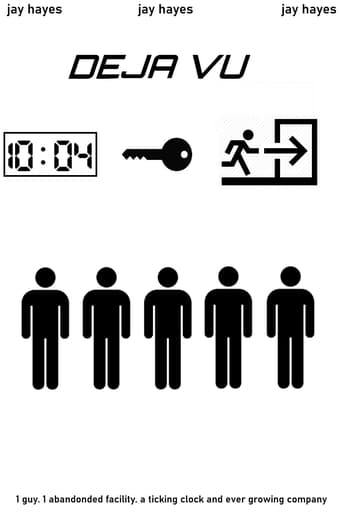
Reviews
So much average
Good movie but grossly overrated
After playing with our expectations, this turns out to be a very different sort of film.
One of the worst ways to make a cult movie is to set out to make a cult movie.
George Melies does it again! In this film, he is presenting an orchestra - - of himself! He sits in a chair and a clone of him with an instrument is there. He repeats this trick a few more times, and they all play a song. After they do that, they all merge back together. Melies takes a bow. This film shows they can take it beyond the limits in very early cinematography. This early flick shows the possibilities that cinema can hold, and if I was watching the premiere of this picture, I would've been astonished. If this movie was newer, I probably would rate it lower, but since it's from 1900, I'll be happy to give this movie an eight out of ten.
It's hard to believe that this masterpiece of special effects was filmed in 1900. Georges Melies clones himself six times, transforming into a conductor and six members of an orchestra. The seven of him perform together, then coalesce into the one. At the time, all special effects work had to be done in the camera by use of shutters, back- cranking, and re-cranking. Melies had to carefully coordinate his actions, timing them perfectly, or the entire shot would be ruined. Kudos are due as well to the cameraman, who had to be metronome-steady in order to make the effect work.Surely this little film served as inspiration for Buster Keaton's "The Playhouse".
This is one of the earlier displays of the wit and camera wizardry of movie pioneer Georges Méliès. The idea is a simple one, but by no means an easy one to carry off using the resources of the time. Méliès also adds a few interesting details to the high-quality camera tricks.The same idea was used later on by other silent screen comedians, most notably by Buster Keaton in his wonderful feature, "The Playhouse". This much earlier movie is quite a bit simpler, but considering its era it is almost as impressive. Méliès plays a band-leader and each member of the band, using multiple exposures and other carefully crafted special effects to create an amusing scene.As Méliès gained even more experience, his features often added lavishly detailed settings to the fine visual effects. This 1900 movie relies mostly on the central idea, without too much background detail, but his technique is already excellent, and this is one of many entertaining Méliès features that demonstrate his considerable creativity and skill.
In this short film Georges Mélies makes the first use of double-exposing, making seven "clones" of Himself playing an orchestra. The trick is now easy to do, but then it was quite expensive to film seven different shots to one roll of film. Although Mélies makes a professional and well-coordinated work.
